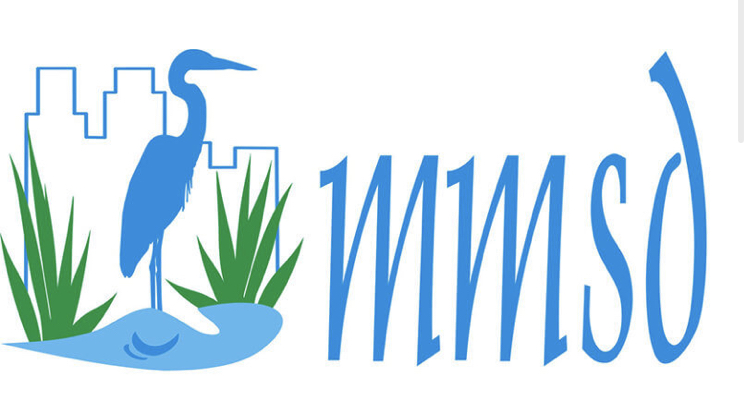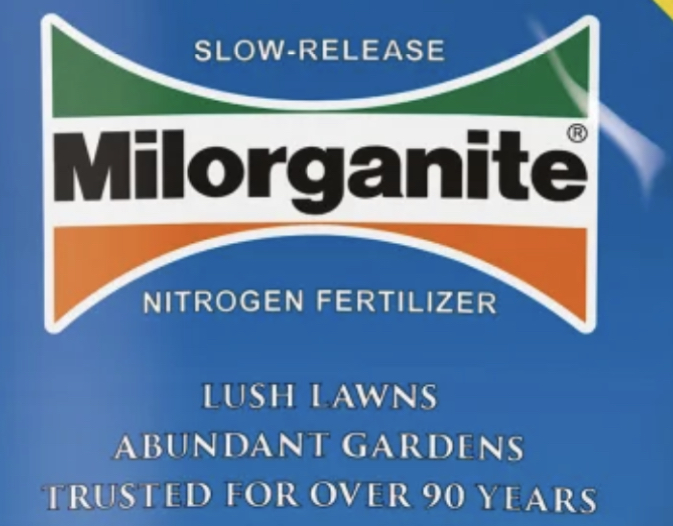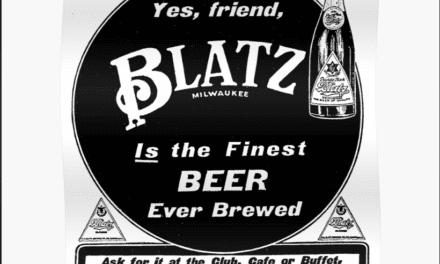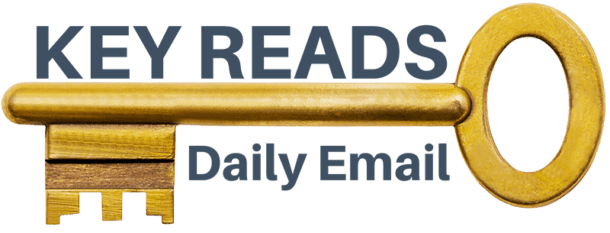- Milorganite is an organic fertilizer that is widely recognized and used in the agricultural and horticultural industries. The name “Milorganite” is a combination of “Milwaukee” and “organic.”
- Milorganite has a rich history that spans over 90 years. It was first introduced and produced in 1926 by the Milwaukee Sewerage Commission, which later became the Milwaukee Metropolitan Sewerage District. The MMSD is responsible for treating wastewater from the Milwaukee area, and the production of Milorganite is one way they repurpose and recycle that waste.
- The fertilizer quickly gained popularity due to its effectiveness and environmentally friendly attributes. The slow-release formula of Milorganite is one of its notable characteristics. This means that the nutrients present in the fertilizer, such as nitrogen, phosphorus, and potassium, are released slowly over time, providing a steady supply of nourishment to the plants. This feature contributes to healthier plant growth and minimizes the risk of nutrient runoff into water bodies. Today, Milorganite is commonly used on various types of landscapes, including lawns, golf courses, sports fields, and parks. Its organic nature and eco-friendly production process have made it a favored choice among gardeners, landscapers, and growers who prioritize sustainable and responsible practices in their operations.
- The production process of Milorganite involves several steps to ensure its safety and effectiveness. After wastewater is collected, it undergoes rigorous treatment to remove harmful pathogens and toxins. This treatment process typically includes the use of microbes and bacteria to break down organic matter and remove impurities.
5. Once treated, the resulting sludge is dried and pelletized, transforming it into the granular Milorganite fertilizer. The drying process involves removing excess moisture and reducing the weight of the product, making it easier to handle and apply. Milorganite is known for its characteristic dark-brown, granular appearance.

















